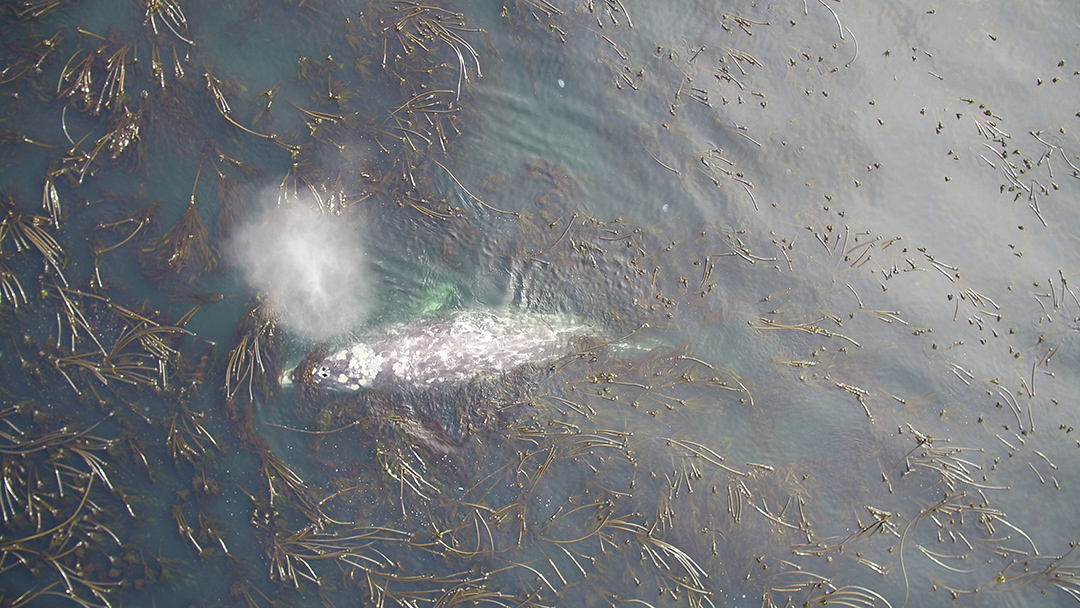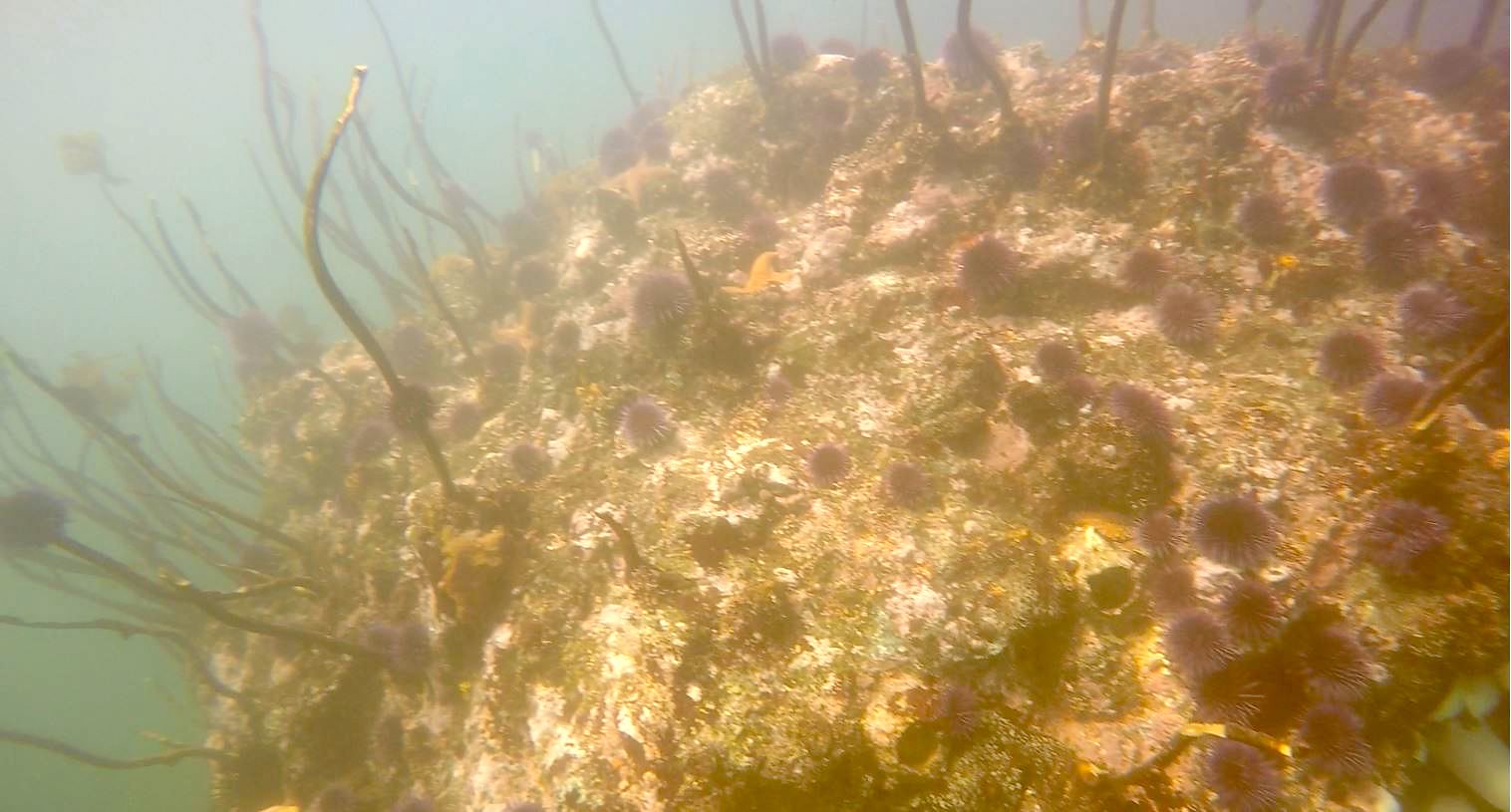
By DANA TIMS/YachatsNews
Just a few administrative details need to be worked out before kelp-killing purple sea urchins start getting hammered off the Oregon coast.
And, no, this is not some new salt water-based drinking game.
Instead, under regulatory changes adopted Friday by the Oregon Fish and Wildlife Commission, targeted culling of the spiny, fist-sized creatures will get underway soon in an effort to protect the near-shore kelp forests they have been eating away at for the past decade.
“The geographic scale of urchin disturbance to rocky reef systems is staggering,” Steven Rumrill, the ODFW’s Newport-based shellfish program leader, told YachatsNews following Friday’s commission meeting. “The challenge is certainly there, but the red stop light turned to green today.”

Rumrill was reacting to a unanimously adopted regulation that will allow divers, most of them wielding hammers, to cull urchins in three specific test areas.
The point of the regulation is to determine if urchin culling can lead to a rebound of the habitat-providing bull kelp forests that have rapidly disappearing in Oregon’s near-coast waters. The kelp are a critical habitat for zooplankton, the tiny aquatic organisms that are the primary prey of many marine animals including gray whales.
“Culling is really a science project to see if we can help decrease grazing pressure,” Rumrill said. “So we’ll go smash urchins for the next six months to see if that can help.”
The test areas are Nellies Cove near Port Orford, Macklyn Cove near Brookings and Kiwanda Rock at Pacific City.
In two other urchin-related actions, the commission voted unanimously to increase the recreational harvest of purple urchins from 10 per day to 35 per day. But the commission did not, at least for now, create 24 new commercial urchin-take permits. There are currently a dozen such permits.
The recreational increase is aimed more at increasing public awareness of the situation than anything else, Rumrill said.

Historic habitat losses
An explosion in the number of urchins along the entire West Coast coincided with a marine heat wave, known as “the blob,” began around 2014, Rumrill told commission members. While all areas off the Oregon coast were not affected in exactly the same way, particularly high losses of kelp – which urchins feed on – were decimated off Brookings, Cape Arago and Port Orford.
Corresponding declines in kelp forests in some of those areas has exceeded 90 percent, he said.
In attempting to reverse some of those declines, state officials will now be working with a culling effort led by the Oregon Kelp Alliance.

“Culling is just the first step toward kelp recovery,” said Sara Hamilton, the alliance’s science coordinator. “But it’s critical to protect the oases where they exist.”
The program’s short-term goal is to cull on the order of 250,000 urchins at the three coastal sites. Each site will also contain an “control” area where no urchin are culled, as a way to determine if kelp restoration is succeeding in the culling areas.
The sheer numbers of urchins out there is daunting.
Some estimates put the numbers of new urchins hogging one particular south coast reef alone at around 350,000. Rumrill told commissioners that the total urchin population off Oregon likely exceeds one billion.
“It’s beyond our ability as humans to dramatically reduce that pressure,” he told YachatsNews. He added, “This gives us a chance to see what level of human intervention it might take to make a difference with kelp recovery.”
- Dana Tims is an Oregon freelance writer who contributes regularly to YachatsNews and can be reached at DanaTims24@gmail.com





















It’s vital to try and successfully re-introduce sea otters to the Oregon coast. They are urchin’s most natural predator & could thrive under these conditions. Yes, past efforts have failed but it’s time to try again. We’d love to see some of these aquatic magicians back in the Alsea estuary!
Seems to me every time man tries to intervene it is like playing whack a mole. (No, I don’t know what the answer is.)